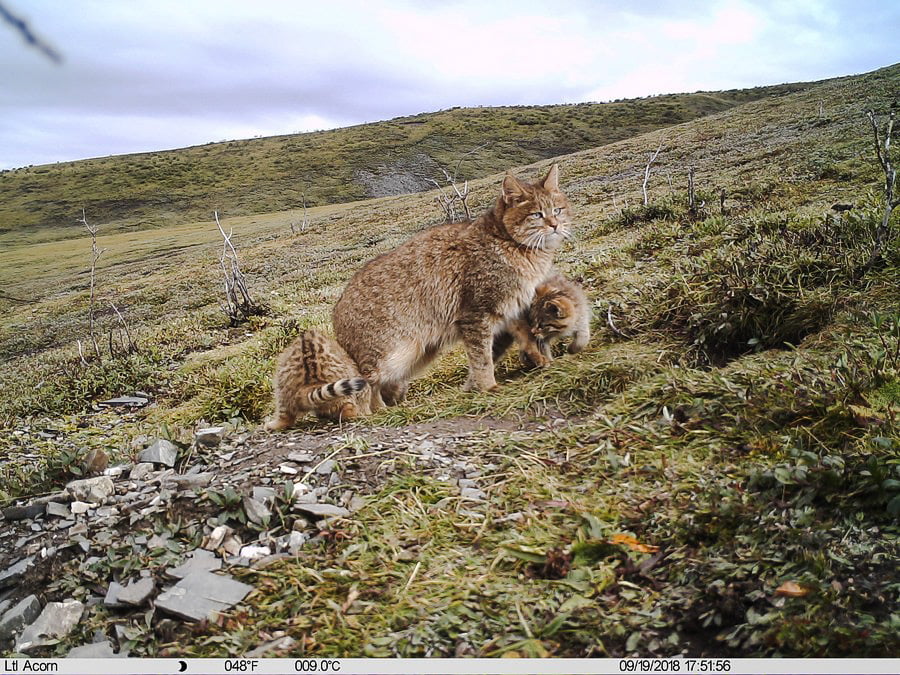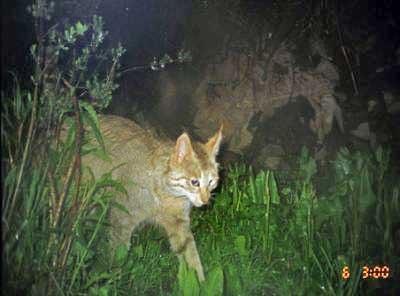The article is over several pages with links at the base of each page to the next. This is for technical reasons.
Overview
The Chinese Mountain cat is more commonly named the Chinese desert cat or ‘desert cat’, although it is a little misleading as their habitat is mountainous terrain. However, little is known about this rare wild cat which is one the wildcat species, a relative of the Scottish wildcat. Due to fairly recent genetic analysis by Driscoll et al in 2007 it has been scientifically classified as a subspecies of the wildcat and given the scientific name: Felis silvestris ssp. bieti. This wild cat species was first recorded in 1889. It “lives in the alpine meadows and scrublands of the northern edge of the Tibetan plateau in China” (Small Wildcats by Samantha Bonar). Note: this page has been refreshed as at Jan 10th, 2022. If you can add information please comment. It would be welcome.

Its coat is grayish-brown with lighter undersides and it has a thick, bushy and banded tail. It sleeps in burrows during the day and mainly hunts rodents and the Pika ‘rock rabbit’ at night and at dusk and dawn. Prey also includes birds. Rodents are poisoned by people which destroys this cat’s prey and it is also hunted for its fur. This threatens survival in the wild. Accordingly, it is classified as Vulnerable by the IUCN Red List of Threatened Species™.

RELATED: Picture of female Chinese mountain cat and her kittens in the wild

